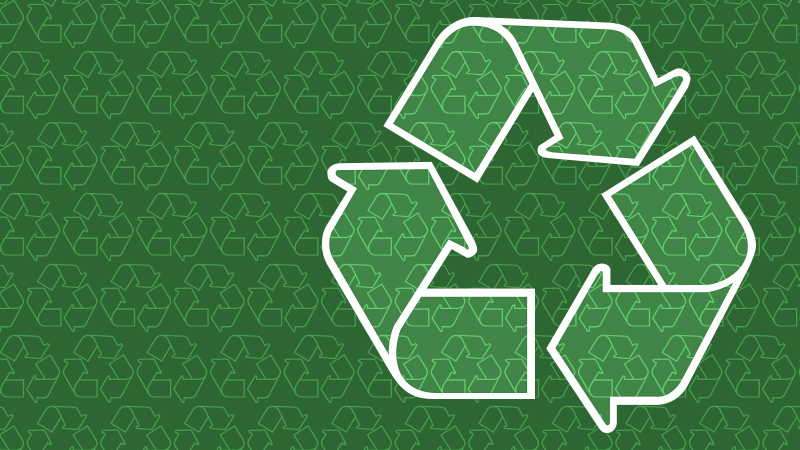The European Environment Agency’s (EEA) assessment shows that the pace of progress needs speeding up, requiring both more recycling and less overall material use. A second, in-depth report on waste prevention highlights opportunities for a stronger and systemic approach for monitoring progress at EU level.
The EEA briefing ‘How far is Europe from reaching its ambition to double the circular use of materials?’ shows that, in 2021, about 11.7% of all materials used in the EU came from recycled waste, up from 8.3% in 2004.
Enhanced recycling will speed up this progress, but it needs to be complemented with reducing the overall material inputs to meet the target of doubling the share of recycled waste in the use of materials by 2030. Getting closer to the target could, for example, be achieved by increasing the recycling rate of all treated waste from current 40% to 70%, decreasing overall material inputs by 15%, and reducing the amount of fossil fuels used by 34%.
Moreover, a special focus should be paid on non-metallic minerals, such as construction materials, as these account for about half of all materials used in the EU. From an environmental perspective, it would also be beneficial to focus efforts on materials with the highest negative impacts in their production, especially fossil fuels and biomass.
Monitoring waste prevention
Waste prevention is one of the key strategies to achieving a circular economy because it can reduce resource use, maximise the useful life of products and materials, and promote demand for more sustainable products. However, it remains difficult to establish a link between waste prevention policies and waste generation in the EU.
The EEA analysis ‘Tracking waste prevention progress’ proposes a new set of indicators dedicated to monitoring long-term trends in waste prevention. The indicators focus on the drivers of waste generation, waste prevention policies enablers, and resulting outcomes in reduced waste and emissions. Putting this monitoring framework in full use, however, requires more specific data and information collected across the EU in a systematic and harmonised way.
Currently, almost all EU Member States have some quantitative targets and indicators on waste prevention, but these targets and indicators vary widely, the EEA report notes. Setting EU-level waste prevention targets, such as the food waste reduction target that is currently being developed, can also help to set the direction and an objective for measurement and to strengthen obligations on waste prevention.











